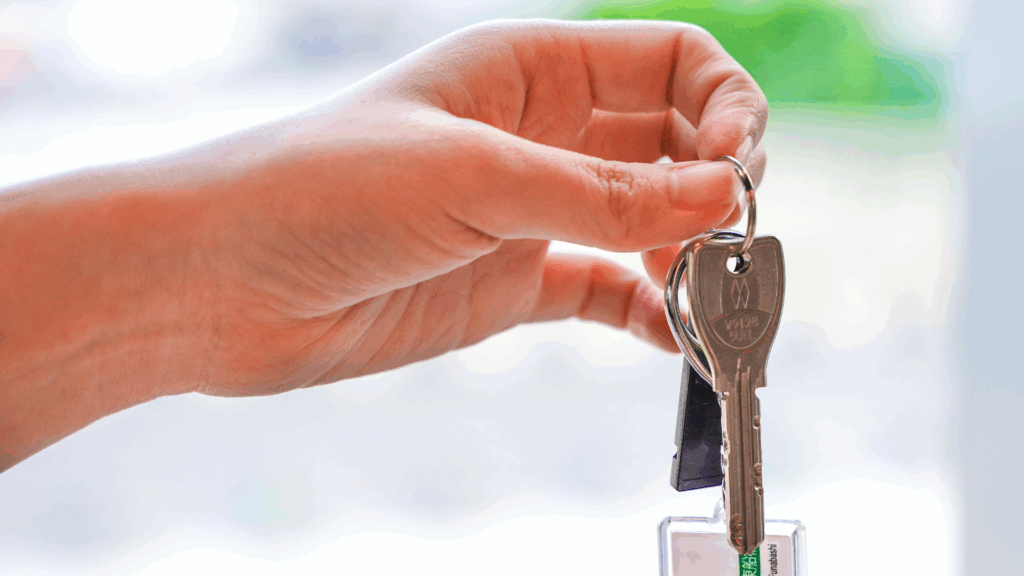Christmas is just around the corner, so it’s a good time to brush up on some vocabulary, especially Korean words used at Christmas. How do you wish your friends in Korea a merry Christmas? Let’s find out together in this article.
Christmas in Korea
Christmas in Korea (크리스마스, from the English Christmas) is not a traditional holiday, but is somewhat acquired by the West, brought on by both the spread of the evangelical Christian religion and consumerism. More than being considered a religious holiday, it is in fact a day to spend time with a loved one, kind of like a second Valentine’s Day.
There are many things you can do, including shopping (쇼핑하다), ice skating (아이스 스케이팅) and going to the movies (영화관에 가다). Although it is not as significant as it is in the West, it is still a national holiday (휴일) and schools as well as many businesses are closed. However, the festivity is limited to 25th December, and on the 26th, everything is back to normal. Even Christmas Eve (크리스마스 이브from the English Christmas Eve) is not considered a holiday, but a normal working or school day.

How to Wish Merry Christmas
Wishing Merry Christmas in Korean is super duper easy, as the English expression Merry Christmas is used: 메리 크리스마스!
But if you want to take it a step further and wish a happy New Year as well, then you can add 새해 복 많이 받으세요 (sae hae bok manhi badeuseyo), which literally means “receive much happiness in the New Year”. This is the most formal expression, but if you are more familiar with the person you are wishing a happy New Year to, you can then simply say 새해 복 많이 받아. The most important New Year’s Eve in Korea is actually the Lunar New Year, called Seollal (설날), but that doesn’t mean people don’t also celebrate the Solar New Year (새해), watch fireworks (불꽃), travel (여행하다) or attend exclusive parties (파티하다) on New Year’s Eve (연말).
Typical Christmas dishes
As Christmas is an imported western holiday and not a traditional Korean holiday, there are no special dishes to eat on this day. A variety of daily food is eaten, such as soups (국), noodles (면) or grilled meat (고기), all accompanied by the inevitable banchan (반찬) – Korean side dishes – including kimchi (김치) and rice (밥). The only course that features something special dedicated to this holiday is dessert. It features a cake with Christmas decorations, usually made of sugar paste, and is simply called Christmas Cake (크리스마스 케이크).
As for the Korean New Year, there is one dish that can never be missed on Korean tables on that day. It is tteokguk (떡국), a soup made of rice dumplings sliced into strips, shaped like coins. Eating tteokguk is said to bring good luck and wealth in the new year, and not only that, it makes you a year older – Korean age is calculated differently, and you gain an extra year not on your birthday, but on January 1 each year.

Other Korean words used at Christmas
Other Korean words used for Christmas include lights (불), Father Christmas (who becomes a grandfather instead of a father in Korean, 산타 할아버지), and decorative coloured lanterns (등), the snow (눈), the snowman (눈사람, literally a “snow person”), the Christmas tree (크리스마스 트리, Christmas Tree as in English) and the presents (선물). Finally, if you want to make a toast with your friends, you can choose between two terms for saying “cheers!” or “cheers, cheers!”: 건배 (geonbae) or 짠 (jjan).
We hope you enjoyed this article! For more information on Korean language and culture, keep following the Go! Go! Hanguk blog and do not hesitate to contact us about living and studying in Korea.








